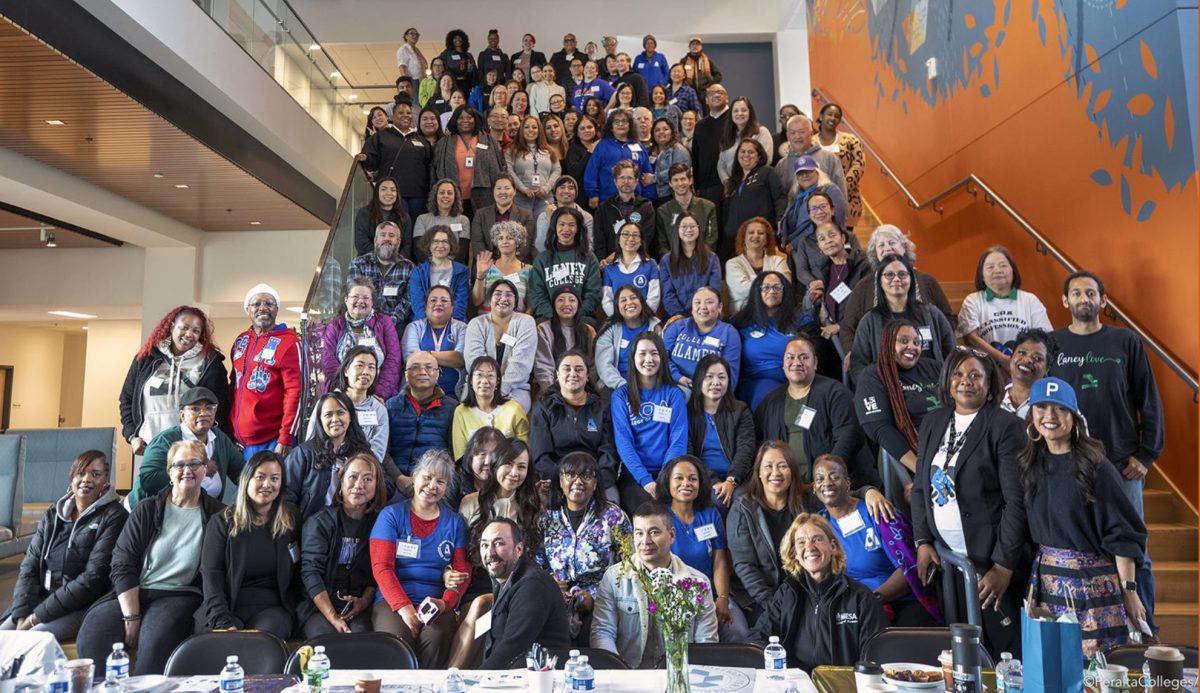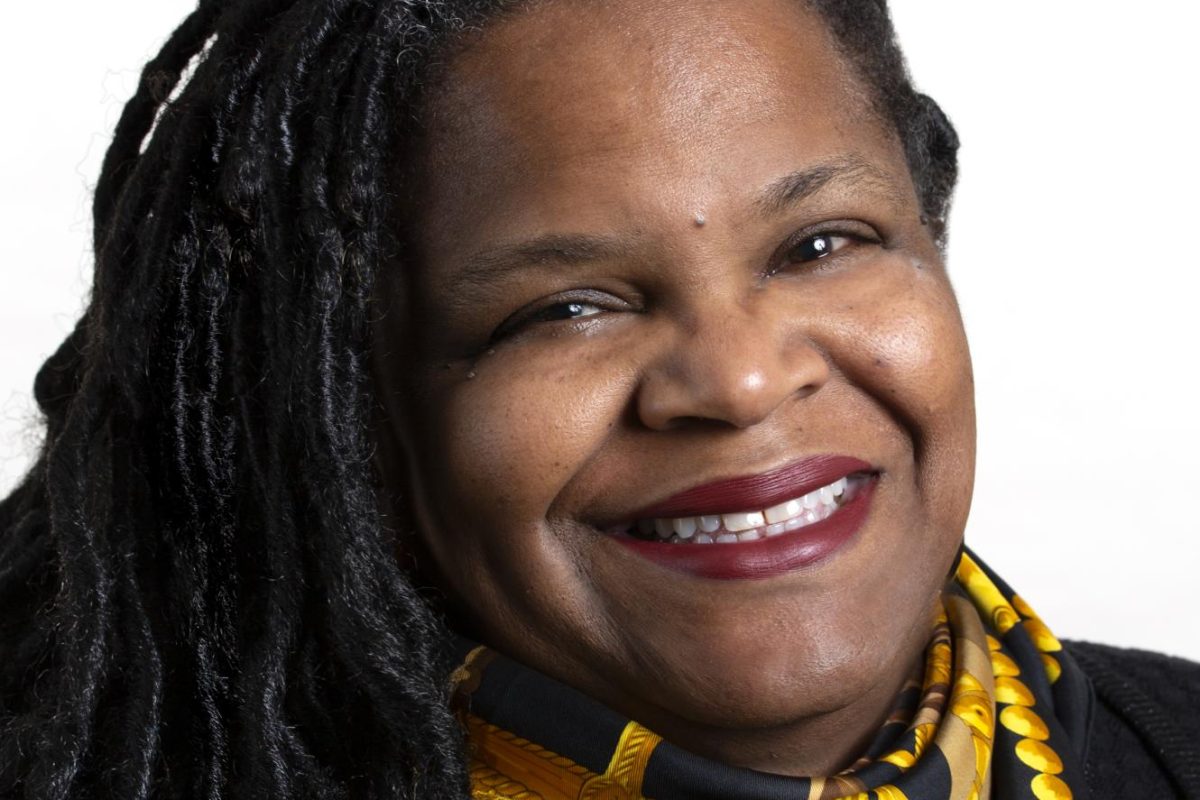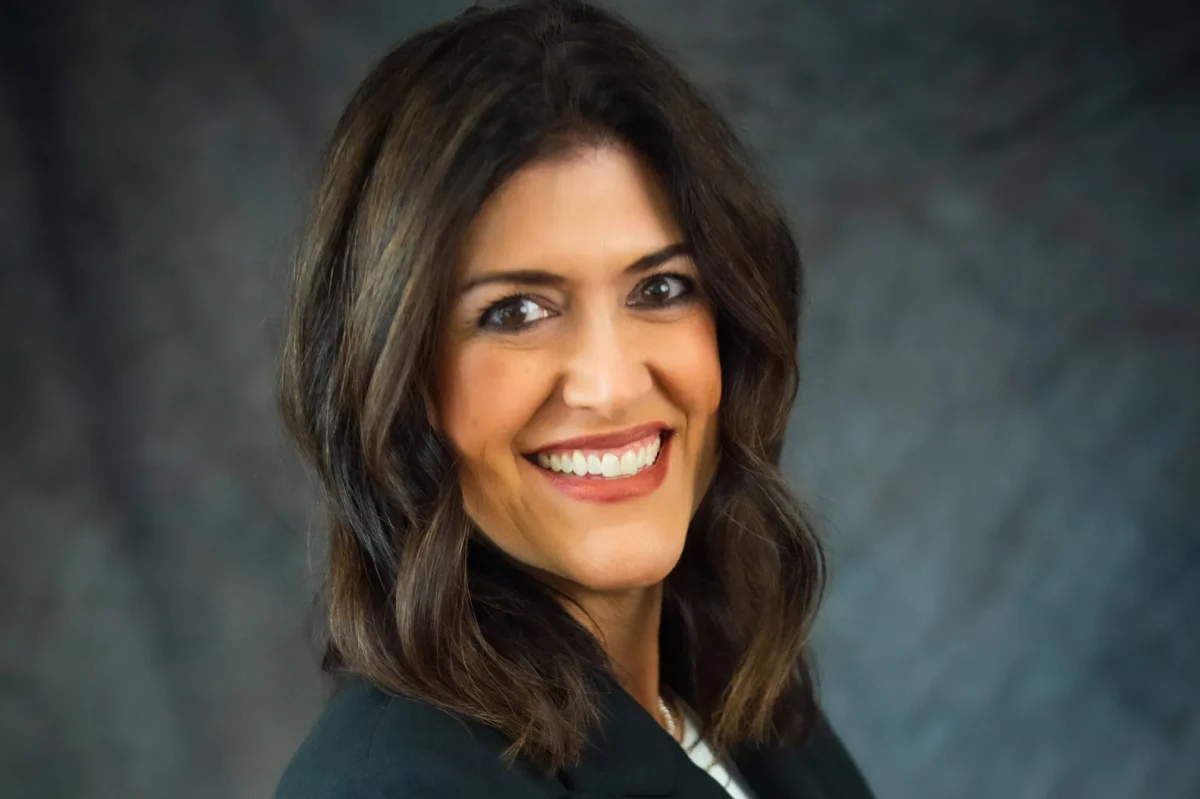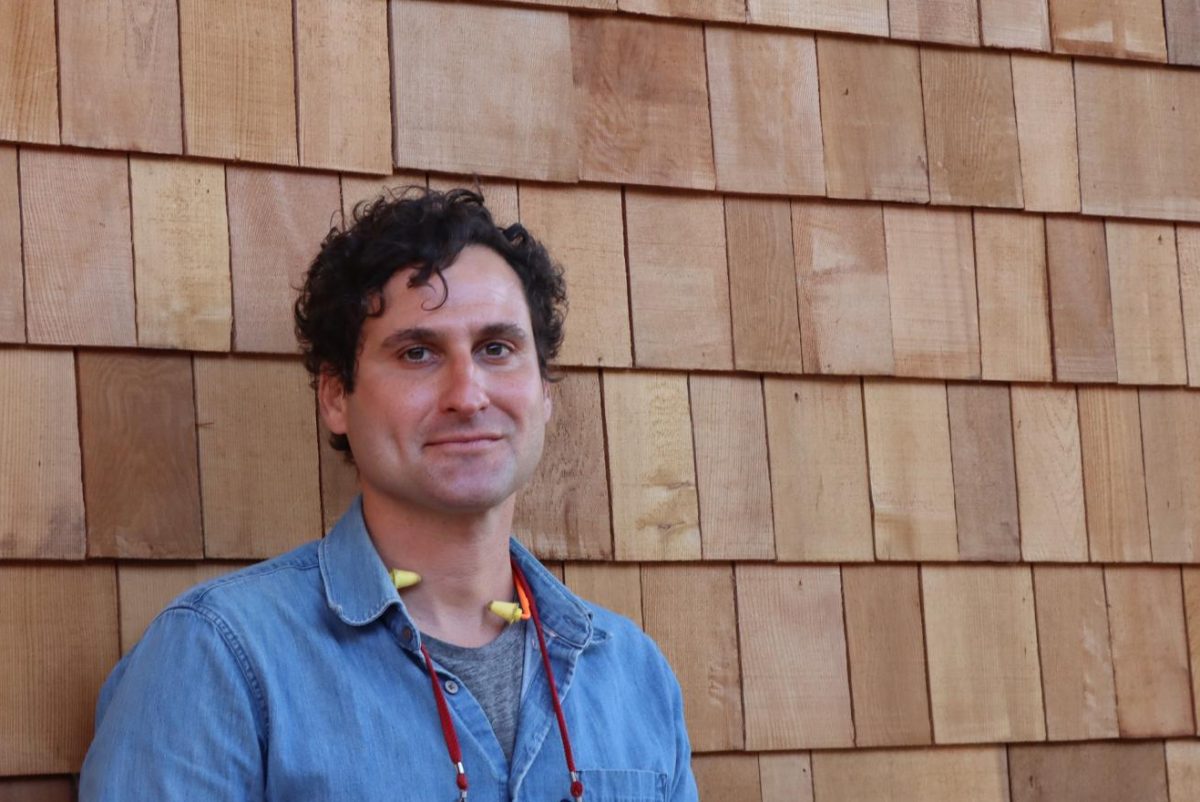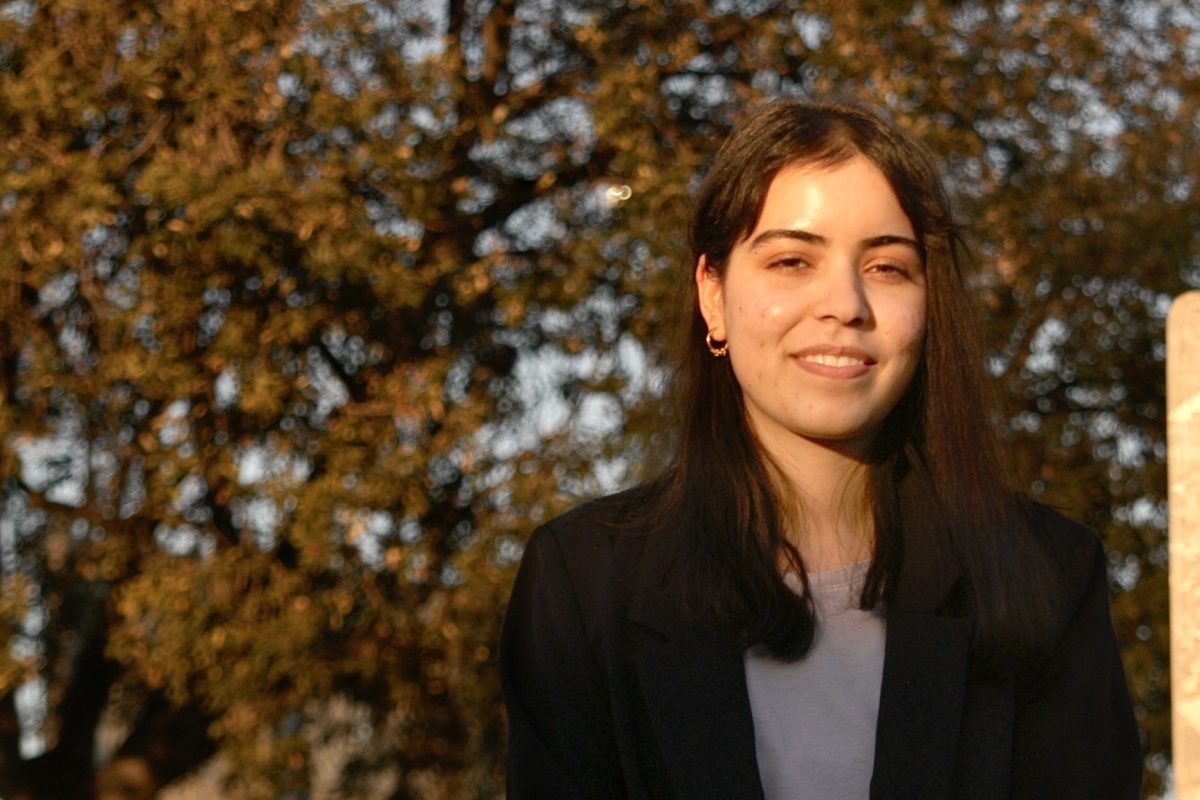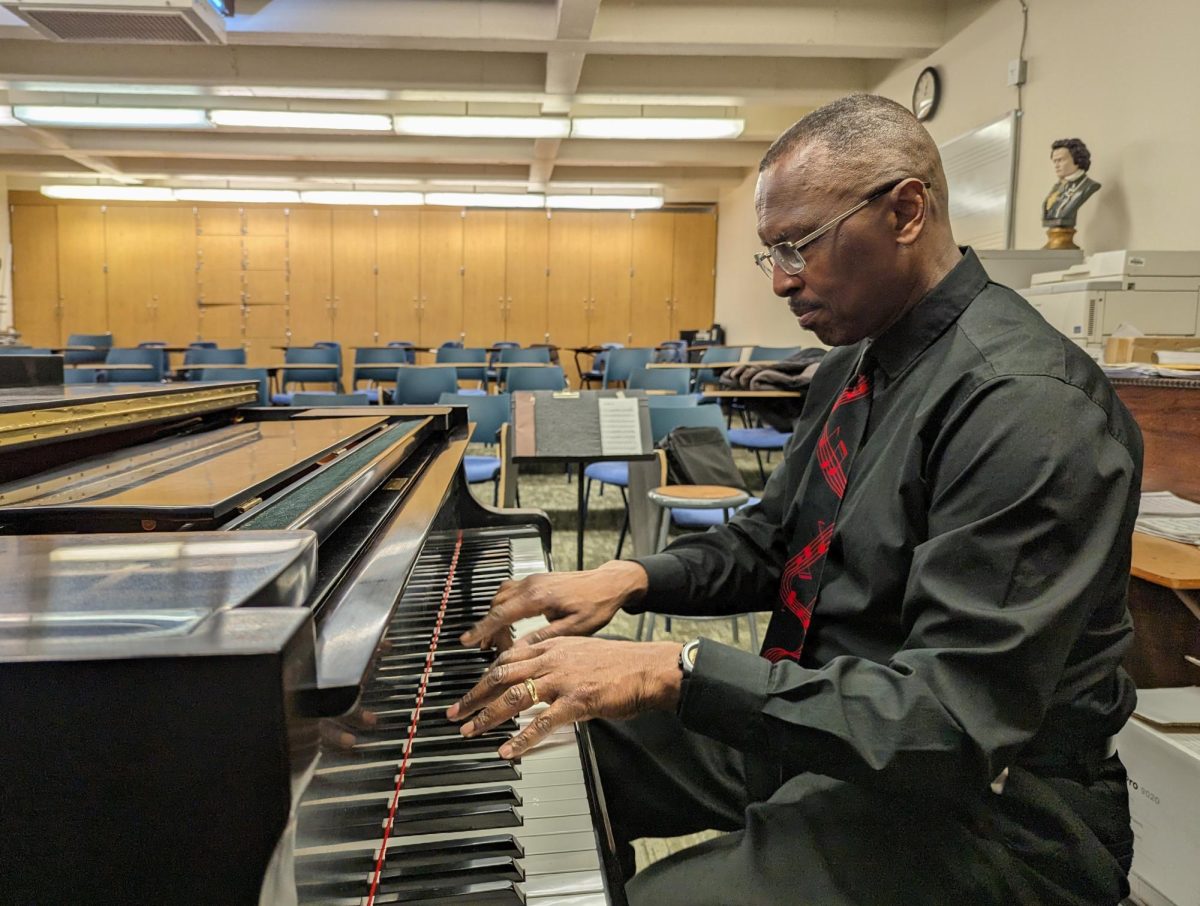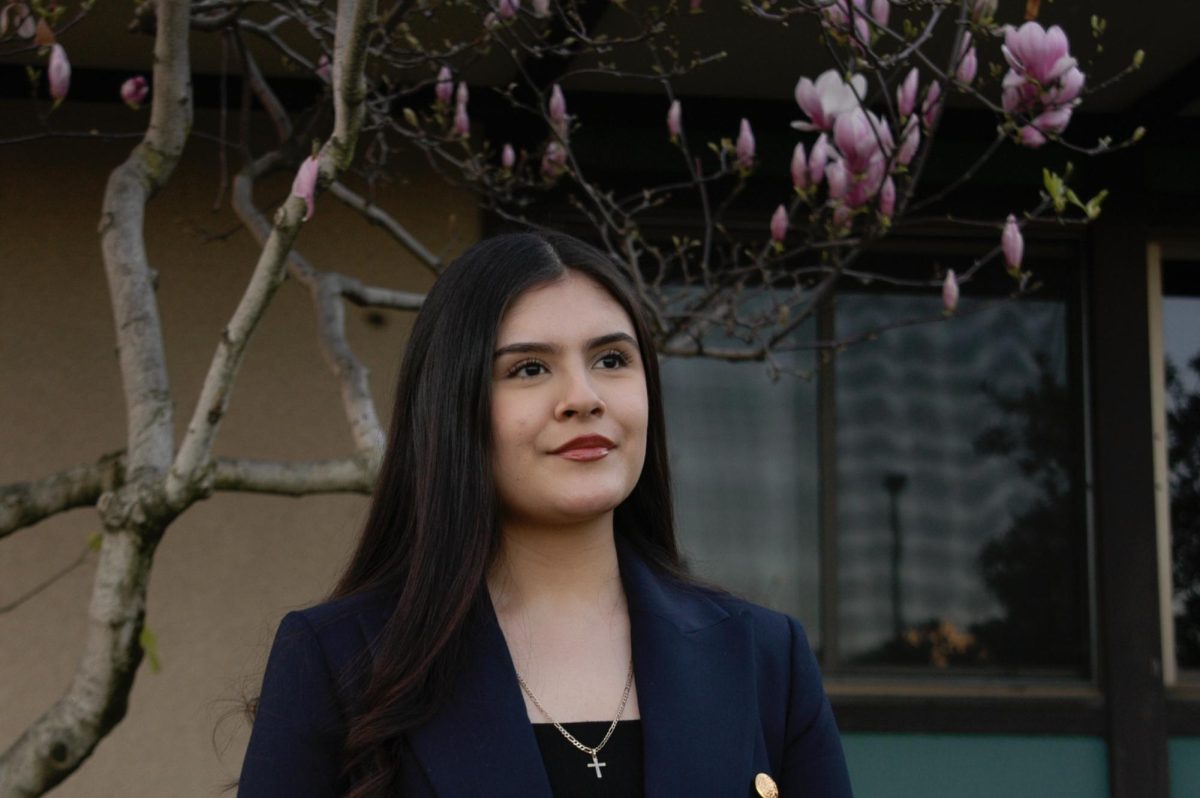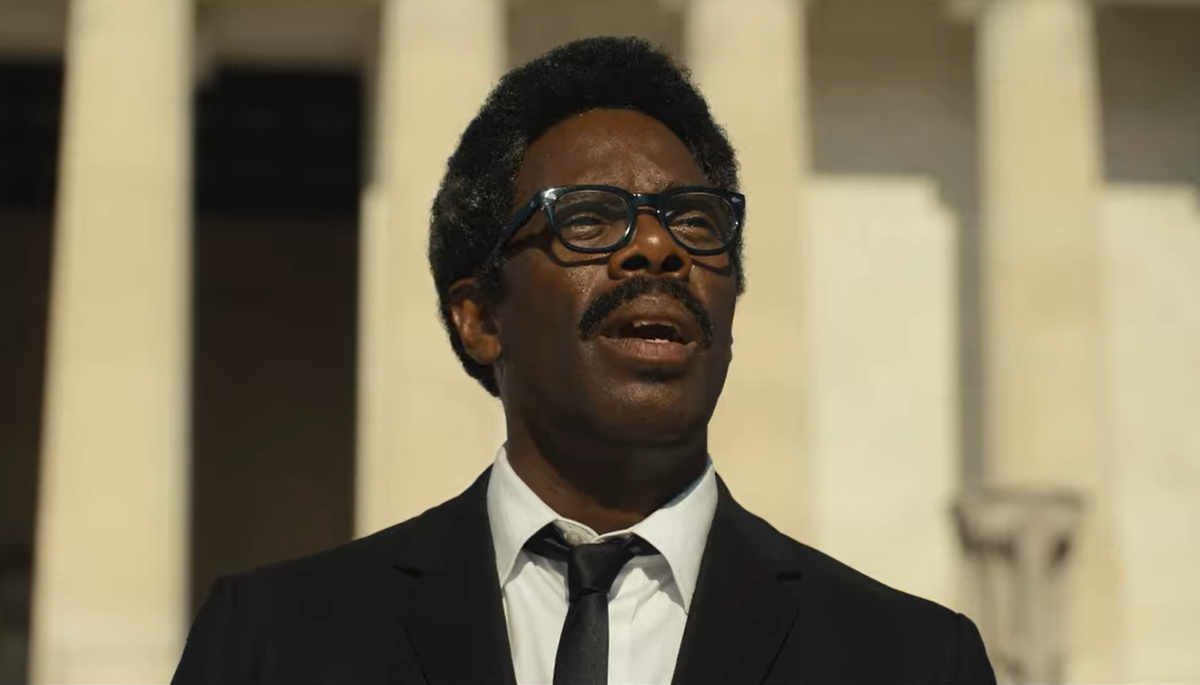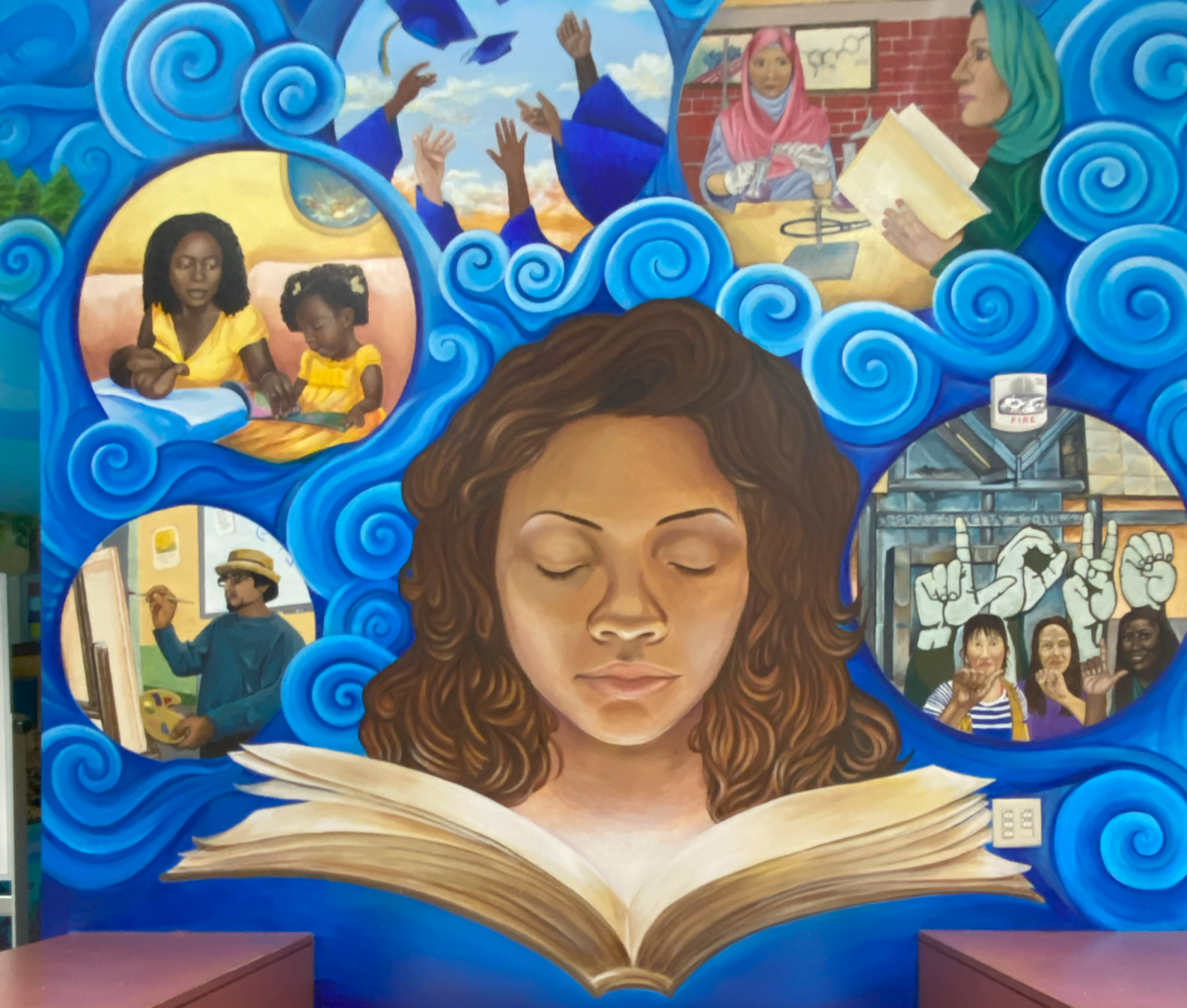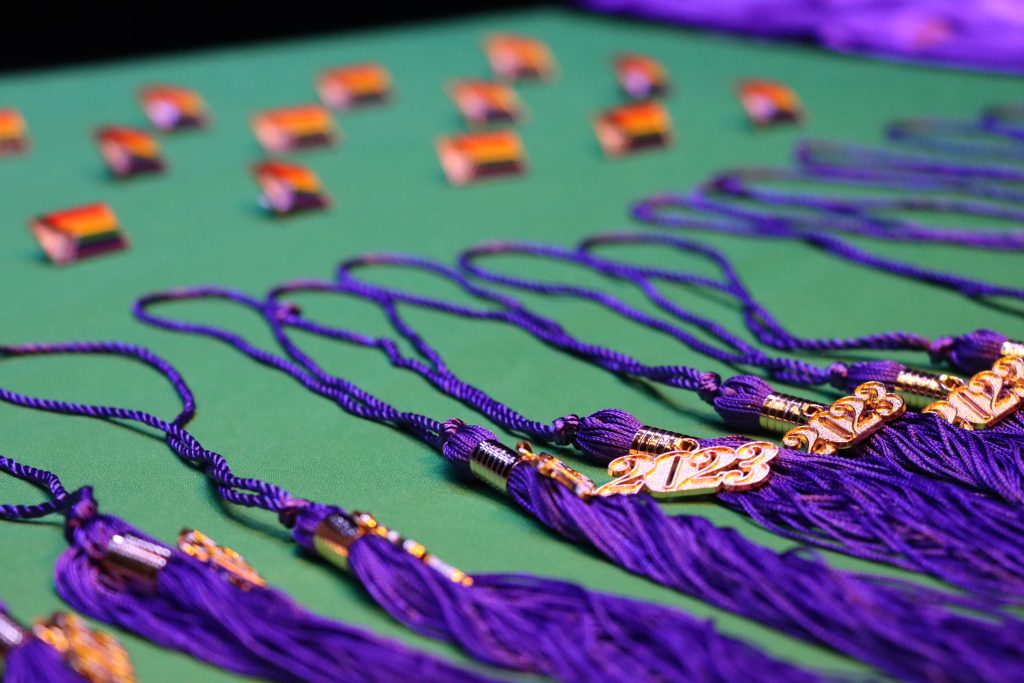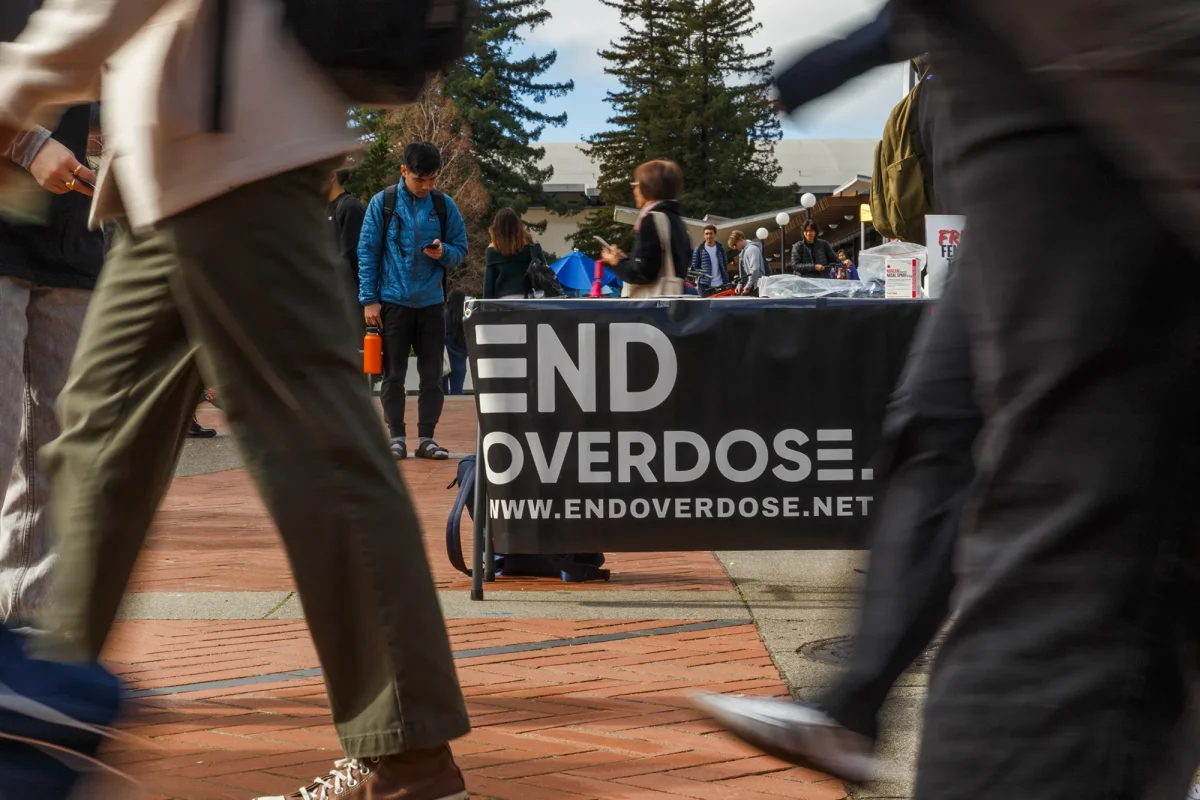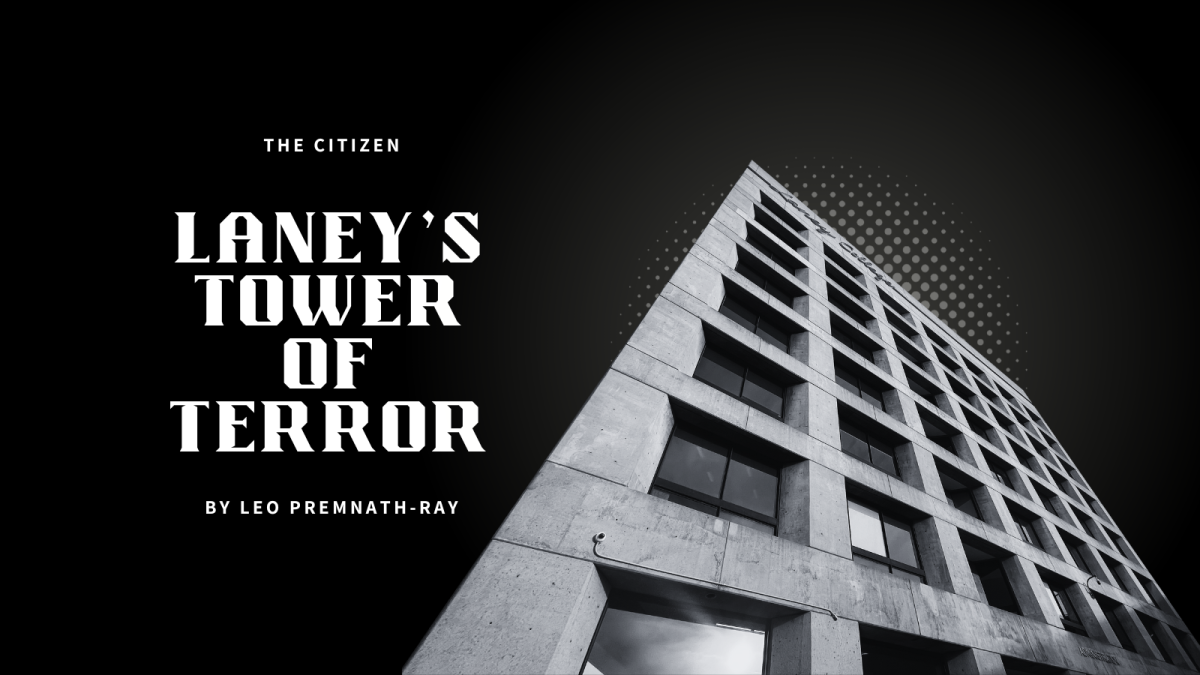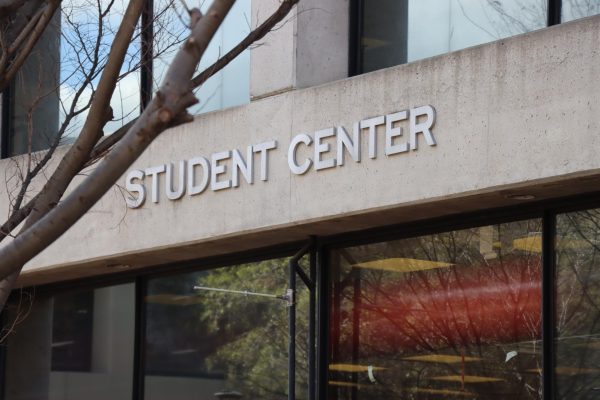Speaking to a standing room only crowd in Danae Martinez’s African- American History class, Professor A.B. Wilkinson gave a talk entitled “The Long Civil Rights Movement and Our Place In It.” Presented as part of the Black Student Union’s (BSU) ongoing celebration of Black History Month on Feb 10, the discussion was designed to rethink the origins of the famed Civil Rights Movement.
“’The Long Civil Rights Movement’ has been a phrase used to express the idea that the history of the Civil Rights Movement does not simply belong to the 1950s and 1960s, and has been incorrectly taught as originating in that time period,” said Wilkinson.
“Some people would argue that the struggle for Civil Rights, or rights attached to citizenship, began with the first slaves that rebelled in English colonial North America and the United States. Others say that the fight for rights associated with freedom and equality began with the first slaves who revolted back in Africa or on the slave ships that went through the Middle Passage.”
Before entering the meat of his discussion, Wilkinson gave some personal history. Being of mixed ancestry, Wilkinson did not consider his scholarship in the field of African-American history research, rather he termed it “me-search,” with an interest in “others of mixed ancestry.” This included, Wilkinson said, famed abolitionist and former slave Frederick Douglass.
Wilkinson then gave a brief primer on the story of Black History Month itself. February was chosen not, Wilkinson said, because it was the “shortest month of the year,” but because it coincided with the original Negro History Week, the second week of February, which was initially selected by Dr. Carter G. Woodson and would be “a week of celebration” to coincide with the birthdays of Frederick Douglass and Abraham Lincoln, Wilkinson said.
Though most people usually place the Civil Rights Movement somewhere in the 1950s or 1960s, Wilkinson said, the history of African-American resistance goes much further back. For instance, Wilkinson said, the first march on Washington was actually supposed to be in 1941, more than a decade before Dr. Martin Luther King’s first march there.
Instead, Wilkinson said, the date of the first march should have been 1941, when civil rights leader A. Phillip Randolph threatened to march on Washington over the issue of jobs discrimination by employers in the war munitions sectors of the economy in World War II.
Wilkinson went on to say that resistance indeed started further back than even Randolph’s efforts. He noted slave rebellions on ships during Middle Passage, saying that many of the boats were designed with such rebellions in mind.
Further, Wilkinson, queried the audience on the topic of slave resistance on the plantation. “Why would you kill a healthy slave?” he said, “maybe he was starting something.” Wilkinson cited other examples of resistance to slavery. “The slow moving, recalcitrant slave, the slave woman with a 12-month pregnancy, theft, sabotage, arson…”
“Many slaves on the daily were resisting their conditions,” Wilkinson said. However, “the greatest form of slave resistance was to run away,” said Wilkinson. Quoting Frederick Douglass, Wilkinson said, “I appear this evening as a robber and a thief.” In other words, Wilkinson argued, slave escapes deprived the slave master not only of productive capacity but of “property” as well.
Wilkinson then discussed Nat Turner’s 1831 slave rebellion and John Brown’s raid on Harper’s Ferry before turning to the Civil War. Wilkinson argued that circumstances “pushed” Lincoln into issuing the Emancipation Proclamation. “Twenty percent of eligible African men enlist to fight [in the Civil War], they make up three times the ratio of others that enlist,” said Wilkinson.
Wilkinson went on to discuss more positive developments in the early Civil Rights era before concluding: Blanche K. Bruce, born a slave and who was the first non-white American to serve a full term in the U.S. Congress; Ida B. Wells, teacher, businesswoman, journalist, and author of “Southern Horrors: Lynch Laws in All Its Phases,” the “Double V for Victory” campaign, and, finally, executive order 8802, which created the Fair Employment Practices Commission.

